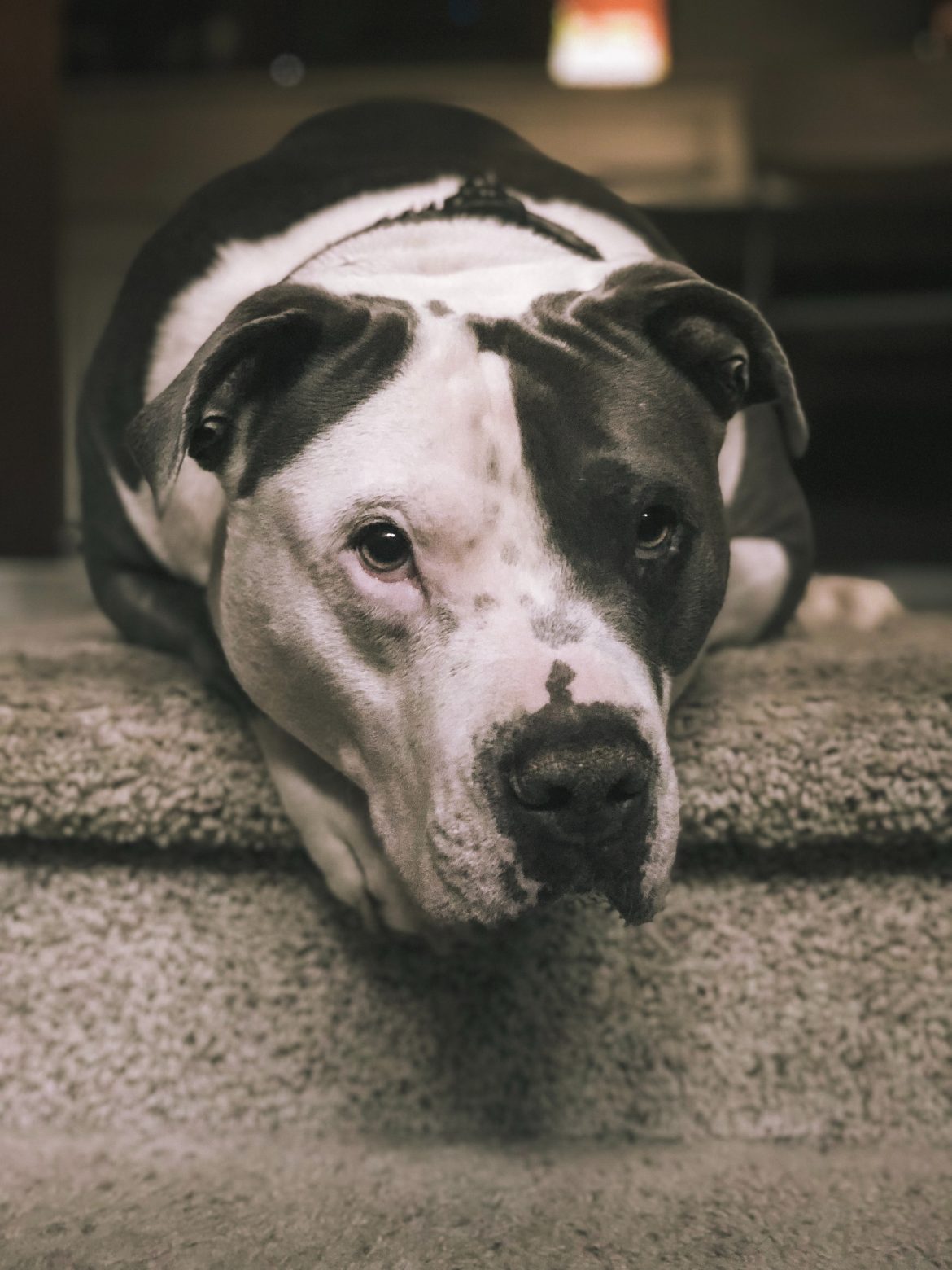Whether you’re a Pet Owner or experienced Pet Sitter, trying to climb stairs with a dog can pose a hazard. This is because:
1) Your dog may not know how to use the stairs and could end up hurting themselves
2) Your dog may be excited and go too fast or too slow and miss a step and fall
3) They may suffer a medical condition which hampers their ability to climb stairs
It’s not uncommon for dogs to get so excited that they fall over themselves in their hurry. If that happens on a staircase, you could be in for a vet visit. Needless to say, this is something no pet parent wants. So, with that in mind, here’s a quick guide on how to train your dog to climb stairs.
1. Start with sitting and staying
The simplest way to get your dog to ascend and descend the stairs safely is to teach them to sit and stay at one end while you go to the other end. So, if you are going up the stairs, leave your dog at the bottom of the stairs with a sit and stay command. If your dog is having trouble obeying that command, online dog training resources may come in handy.
Once you have reached the top of the stairs, you can command your dog to come. This way, your dog will not have to deal with navigating around you as you ascend the stairs, and your dog will be able to better watch the stairs as she is ascending.
To make sure this behaviour sticks, it’s smart to reinforce it with a click or a treat. Clickers make for good pet training tools, but they need to be accompanied by treats at first until the behaviour is learned.
Related: Positive Reinforcement Dog Training: Why It Works
2. Deal with any fears they might face when they climb stairs
Some dogs are afraid of needing to climb stairs. They may have had a traumatic experience with stairs, but more likely they are suffering from physical ailments, like hip dysplasia in dogs or other common joint issues.
If you suspect that a mobility issue is a problem, you should take your dog to the vet for a diagnosis. Joint pain can cause all sorts of difficulty for your dog, making it tough for them to perform even basic activities. There are a number of different ways that you can treat joint pain; you should look into those if that is what your vet determines to be the problem.
3. Make it easy on your dog when they try to climb stairs
Some dogs simply have trouble with the stairs for no reason other than they’re a little clumsy. Perhaps they’re too small to navigate them easily, or maybe they have a phobia of some kind. Dogs can be hesitant to try new things that challenge their fear of heights or the limits of where they feel they are supposed to go. Your dog may feel like they will get in trouble if they go someplace new.
You can assuage these fears and get your dog’s mind off these concerns by using the following distraction methods:
- Keep a cheery tone and stay positive, encouraging your dog to follow you up the stairs
- Use treats as rewards and makes the reward visible to help coax your dog to try the stairs
- Clapping your hands can also help your dog focus and provide extra encouragement as well
It can also help to remove anything on the stairs that can impede our dog’s ascent. Make things as simple as you can for your dog, especially on their first few times up the stairs.
The stairs may be slippery if they’re made with polished wood, so a rug can make it easier. This is especially true if you have a small dog.
4. Work your way up
Your dog may be afraid to go all the way to the top of the stairs, and that’s okay at the beginning of your training. You can teach your dog to get up just a few stairs and then reward him or her when they get there.
Note: Be sure you are not rewarding their decision to turn back and give up. Rather, find a stair your pooch is comfortable reaching and then reward them with a treat or a pat when they arrive. Let them know that you’re proud of them and use that progress to get them to continue up the stairs. Little by little, your four-legged friend will become more confident and will go further up the stairs.
Final thoughts on training your dog to climb stairs
Conquering a staircase can be a major accomplishment in your dog’s life, leading to better self-confidence and making it easier for the dog to get around the house on their own. It’s worth it to take the time to train your dog properly and ensure they’re comfortable going up and down the stairs in a safe manner every time.
Luke Fitzpatrick has been published in Forbes, Yahoo! News and Influencive. He is also a guest lecturer at the University of Sydney, lecturing in Cross-Cultural Management and the Pre-MBA Program.


